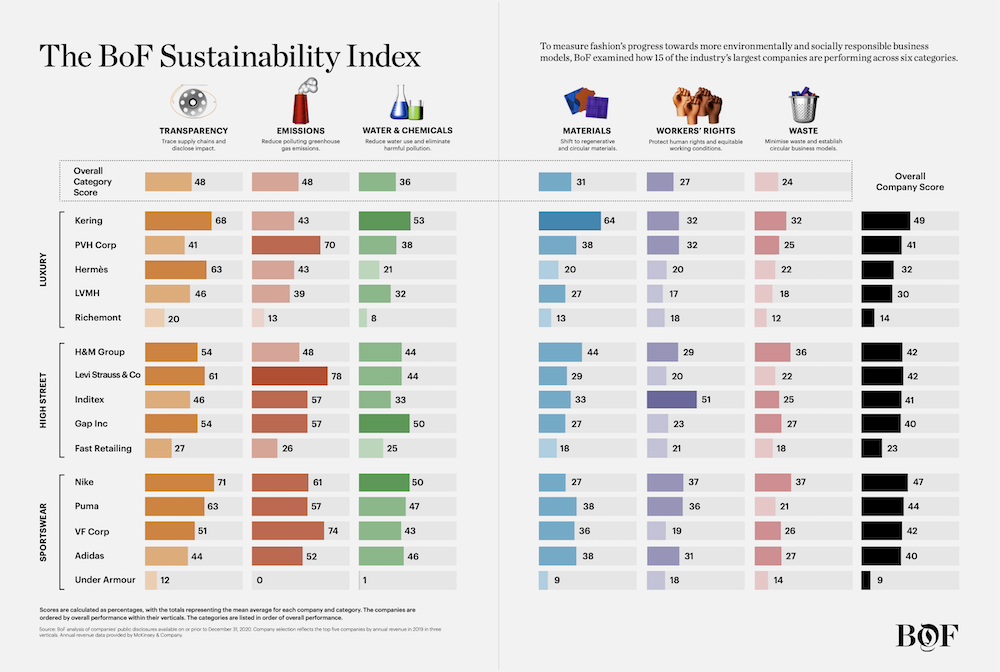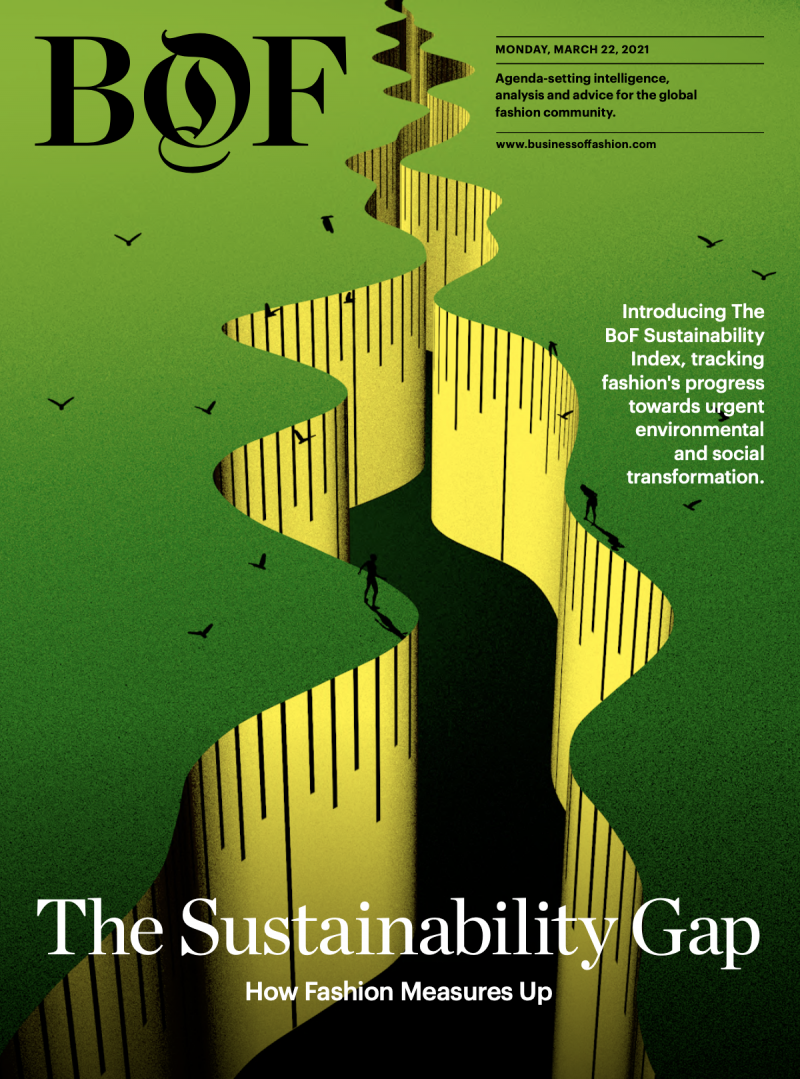Business of Fashion: The Sustainability Gap
by HULA on Mar 26, 2021
The concept of fashion and sustainability has garnered more and more attention both from the media and the fashion industry itself as the effects of global warming become increasingly hard to ignore. At times like this, we feel that it is more important than ever to stress the importance of circularity -- an economic system aimed at eliminating waste and the continual use of resources. With the circular economy and sustainability in mind, one of HULA's aim is to make circularity easier and more accessible to the masses, especially with our new shop opening in Central.
Looking at the bigger and global picture, BoF has recently published a much-needed report or "wake-up call" on the biggest fashion companies, which tracks fashion's progress towards ambitious sustainability targets for the decade. Here are some key takeaways of the report.
For better or for worse, fashion companies were quick to jump on the sustainability bandwagon -- setting up targets for themselves and campaigning their plans to achieve sustainability goals. In this BoF report, experts on sustainability, environmental and workers' affairs across the globe have come together to create a transparent and trusted benchmark to track measurable progress towards achieving sustainability goals in the fashion industry. The 5 largest public companies across luxury, high street fashion and sportswear were examined for their progress and engagement in the following 6 key aspects...
- Transparency
- Emissions
- Water and Chemicals
- Materials
- Workers' Rights
- Waste

Key Points:
- The average overall score of the companies assessed within the Index was just 36 out of 100, reflecting an accountability problem.
- The findings show signs of positive engagement, but the fashion industry's rhetoric on sustainability is often far ahead of companies actions.
- Information on target setting is much more readily available and than data to measure performance or concrete plans for strategic investments to meet these goals.
- Amongst the biggest luxury fashion companies, Richemont earned the lowest scores across all six they're graded on -- earning an average of 14 points out of 100. While Kering earned the highest amongst the five companies with an average score if 49 out of 100.
- Out of all examined brands and sectors, Under Armour lagged its peers -- earning 9 out of 100, making it the worst-performing brand on the report.
Click here for the full report.
Reference: Business of Fashion












